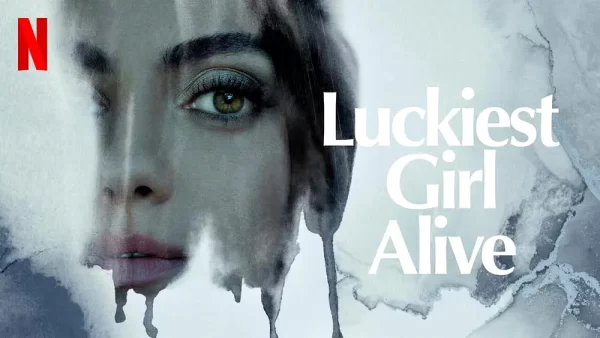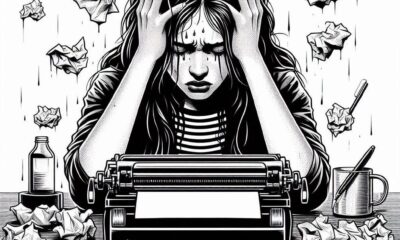Breaking News
Netflix’s Luckiest Girl Alive; what you need to know
The novel worried less about the likeability of its protagonist than her truth, drawing comparisons to Gillian Flynn’s Gone Girl, which came out three years prior. Like Gone Girl, Luckiest Girl Alive dissects crime, gender, and class, reassembling femininity through a contemporary lens.

The new Mila Kunis-led film, Luckiest Girl Alive has generated lot of excitement since it landed on the streaming service.
Although a thriller that was inspired by a book, Netflix has yet to give a clue whether it is going to release a sequel of the movie.
Luckiest Girl Alive is a writer’s perfectly crafted New York City life starts to unravel when a true-crime documentary forces her to confront her harrowing high school history and question the choices she made as a teenager.
Ani FaNelli (Mila Kunis) sits in front of stained glass windows in her former high school, the private and prestigious Bradley School in suburban Philadelphia.
She’s on edge, talking with an independent documentary filmmaker about a school shooting that unfolded here two decades ago—and the accusations surrounding it.
“You’re lucky you have a mother who got you a lawyer and supported you,” the filmmaker tells her. “Not everyone has that.”
Ani is silent, recalling a memory of her mother failing to believe her version of events. “You disgust me,” her mother hisses. “You are not the daughter that I raised.”
She flashes back to the present. “Hmm. Yes. Very lucky,” she responds, barely containing her pain and anger. “Luckiest girl alive right here.”
Luckiest Girl Alive, an adaptation of a 2015 book by the same name, releases on Netflix on Friday. Its ending has changed, but the powerful core of the story persists.
What to know about the novel
Author Jessica Knoll’s mystery novel Luckiest Girl Alive found resounding success upon its publication in 2015, spending four months on the best-seller lists and selling more than 450,000 copies.
Written in the first person, the book itself is predominantly fictional. It tells the story of Ani Fanelli, formerly known as TifAni, and her phoenix-like rise and reinvention from the traumatic ashes of her teenage years.
“The knee-jerk reaction is to dismiss Ani as vain and vapid,” Knoll told the New York Times. “But when we reward women for showing their full range of humanity, warts and all, when we give their struggles weight, we allow for the possibility that their flaws and stories can endear, inspire and move us, just like those of men.”
The novel worried less about the likeability of its protagonist than her truth, drawing comparisons to Gillian Flynn’s Gone Girl, which came out three years prior. Like Gone Girl, Luckiest Girl Alive dissects crime, gender, and class, reassembling femininity through a contemporary lens.
“One woman’s carefully orchestrated, perfect life slowly cracks to reveal a dark underbelly in Knoll’s knockout debut novel,” read the review in Publishers Weekly. “What sets this novel apart is the author’s ability to snare the reader from page one, setting the tone for a completely enthralling read as the secrets are revealed.”
















